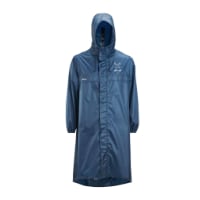Nanc
Active Member
- Time of past OR future Camino
- Frances (Sept 2016)
SDC/ Finesterre/ Muxia (2016)
I would appreciate people sharing what their self care was on the Camino physically. For example some spoke of a massage ball, some of stretches ( which ones?!) others of icing nightly. Some got massages in town , though I'm not sure if it was soothing or therapeutic. wasn't there an albergue with that gift?
Some talked of removing socks every 2 hours.
I'd appreciate hearing regimens that worked regardless of specific injuries etc as I would like to develop a daily post walk plan ( and actually implement it now as my training escalates
And when did this happen? Immediately after the shower ? Before or after town walks? Before bed?
Thanks all
Nanc
Some talked of removing socks every 2 hours.
I'd appreciate hearing regimens that worked regardless of specific injuries etc as I would like to develop a daily post walk plan ( and actually implement it now as my training escalates
And when did this happen? Immediately after the shower ? Before or after town walks? Before bed?
Thanks all
Nanc













